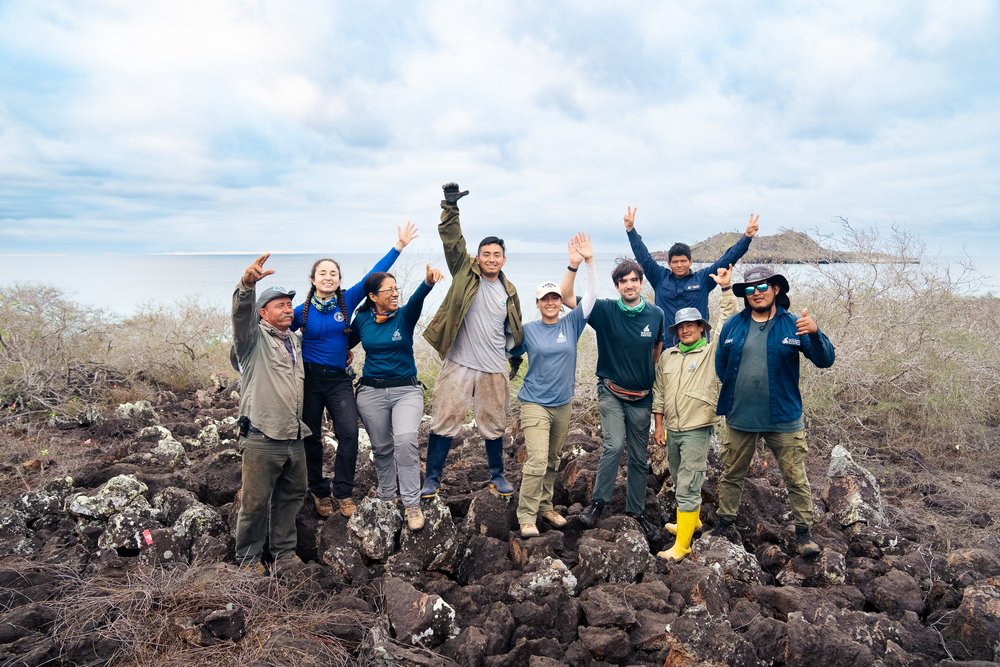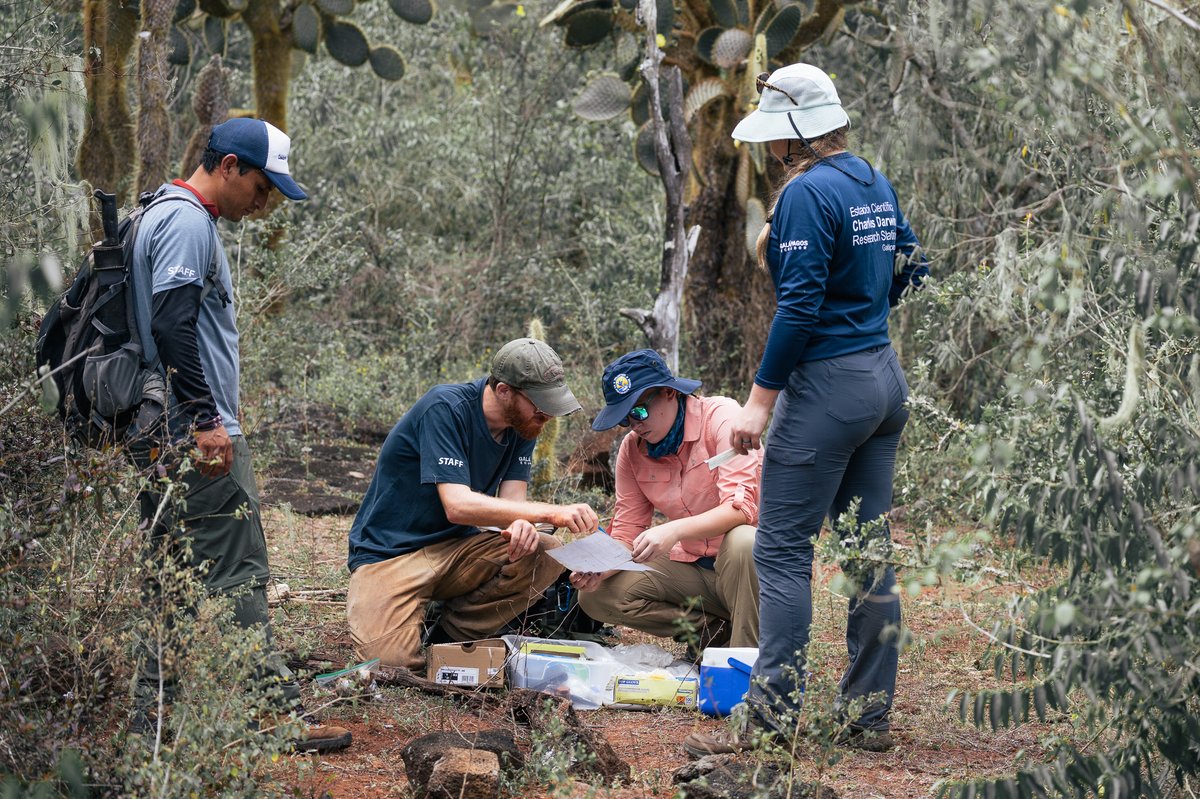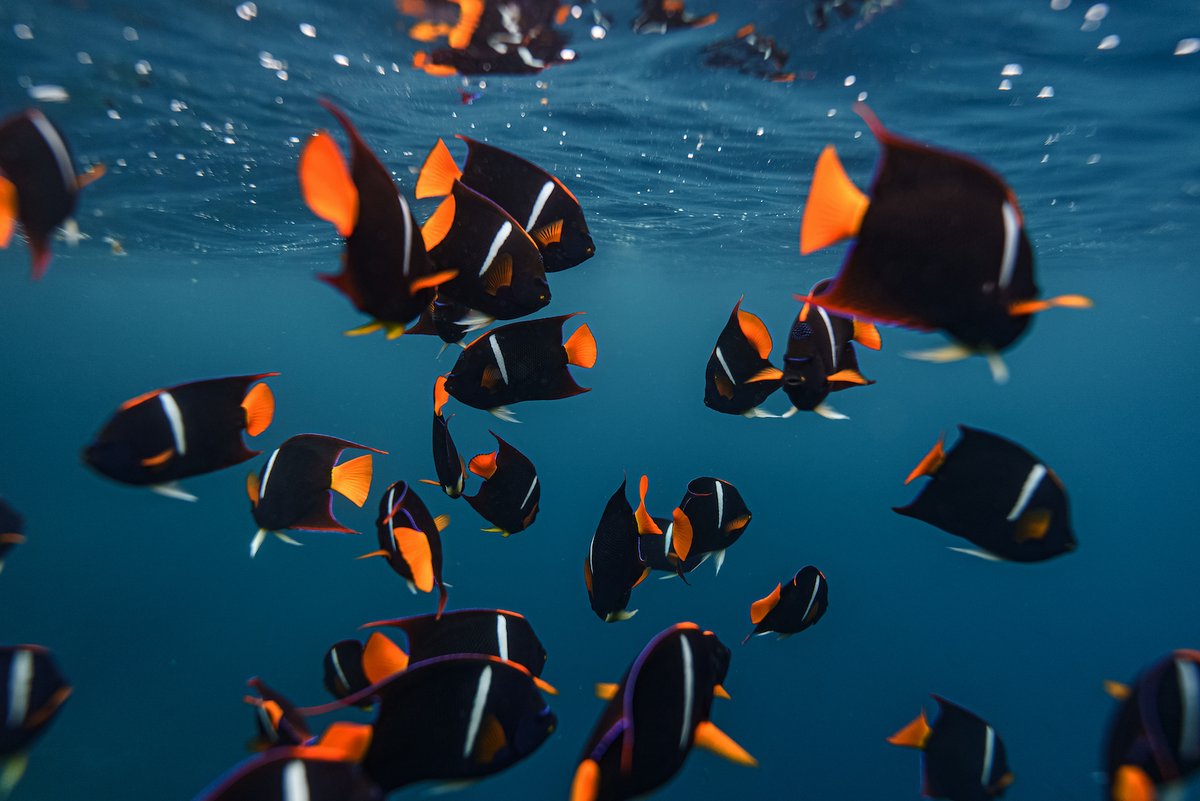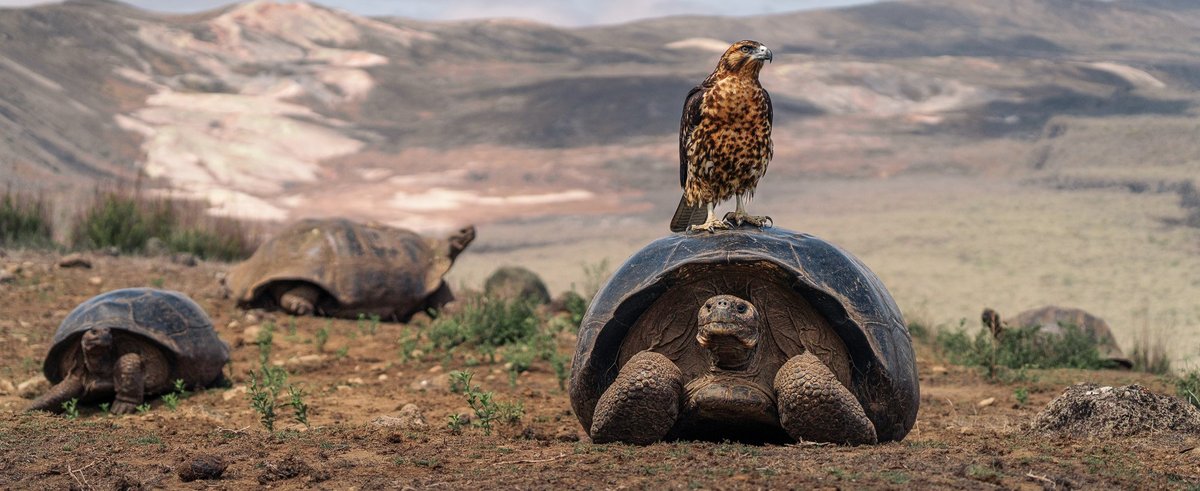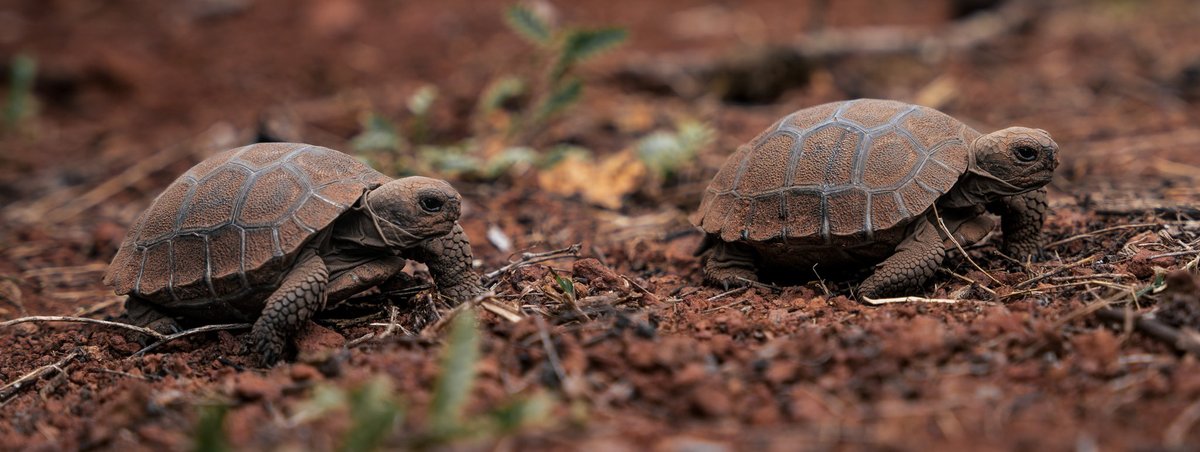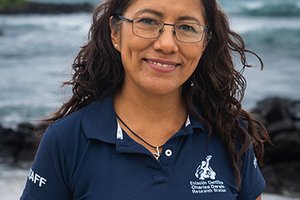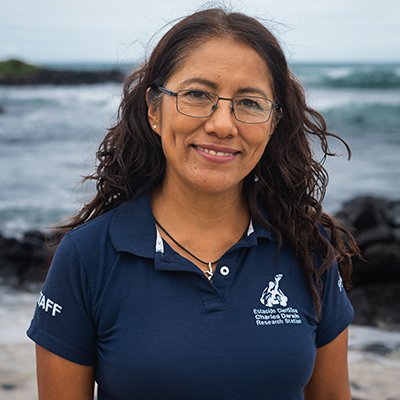Walking together towards ecological restoration in Floreana: Conservation and Community
Floreana, the first inhabited island in Galapagos, faces significant environmental challenges due to both direct and indirect human impacts. However, thanks to the coordinated efforts of its community, research groups, local and international conservation organizations, authorities, protected area managers, and donors, it has become a symbol of collective action and hope for the restoration of the archipelago’s biodiversity.
My first visit to Floreana in 1996, as part of my fieldwork for my thesis, left an unforgettable mark on me. I had planned to camp while conducting my research, but the small community of just 150 inhabitants welcomed me into their homes. I learned that the success of any scientific research project depends on including the local community, which is deeply committed to its island. Floreana stands out not only for its unique biodiversity but also for the active participation of its community in projects such as ecological restoration. This demonstrates that the union between science and community is key to conservation.
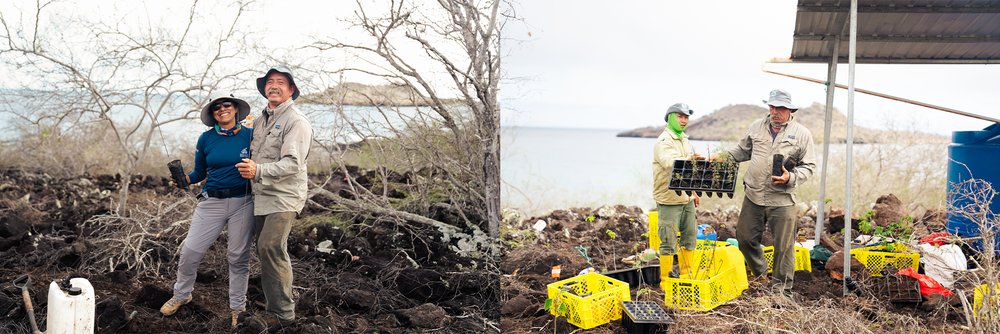
Floreana Restoration: Lessons from its extinct species
For years, my work as a researcher, from 1996 to 2025, allowed me to gain in-depth knowledge of the entire flora of Galapagos. Regarding Floreana, I will mention just one example that took place in 2012, when I participated in a major expedition organized by the Charles Darwin Foundation (CDF).
On that occasion, we conducted a comprehensive inventory of the island’s terrestrial biodiversity, focusing on the distribution, abundance, and population status of birds, lichens, mosses, invertebrates, and plants. During this study, I focused on vascular flora and took the opportunity to inform both institutions and the local community, through a workshop, that their island had already lost two endemic plant species: Sicyos villosus and Delilia inelegans. At that time, it was confirmed that these species had last been collected in 1835 by Charles Darwin and that their populations had succumbed to habitat loss and the introduction of invasive species such as goats and pigs.
These extinctions serve as a reminder of the devastating impact that inadequate human activities can have on fragile island ecosystems like the Galapagos Islands. For this reason, the Galapagos National Park Directorate (DPNG), with the support of organizations such as Island Conservation and Jocotoco, spent nearly a decade planning the so-called Floreana Project, which aims to achieve the island’s ecological restoration. This includes the eradication of rodents and feral cats, as well as the reintroduction of 12 locally extinct animal species, such as the Floreana mockingbird and the giant tortoise.
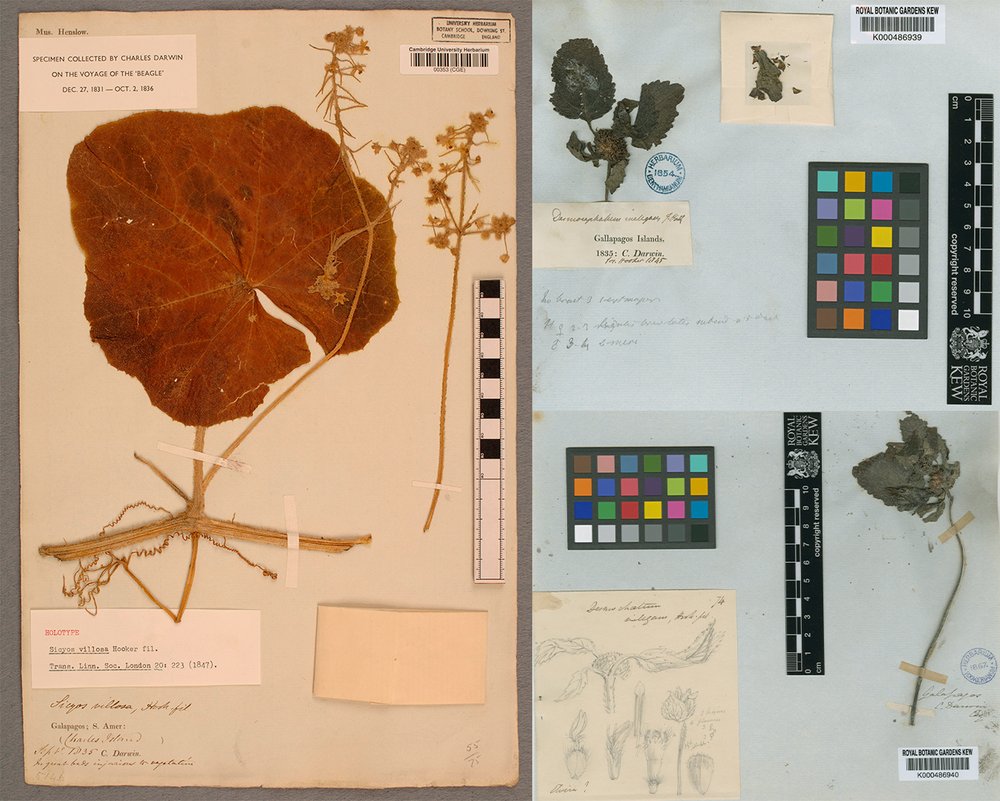
Galapagos Verde 2050 Program: Contributing to plant reproduction to enable the ecological restoration of Floreana
Since 2013, my work with the Galapagos Verde 2050 Program has reinforced a fundamental conviction: in any process of ecological restoration and species reintroduction, the recovery of plant communities is the foundation of success. Without plants, there is no food or shelter for wildlife, making it impossible to restore the ecological integrity of ecosystems.
In Floreana, together with my team and the park rangers of the Galapagos National Park Directorate (DPNG), we have worked on the reproduction and planting of eight key species, including Scalesia villosa, Opuntia megasperma, Croton scouleri, and Vachellia macracantha. These species were strategically selected for their essential role in ecosystems, as they provide both food and habitat for existing wildlife and for species that will be reintroduced in the future.

A healthy and functional ecosystem for the Floreana Mockingbird
In 2024, we organized an expedition to the western part of Floreana, near Champion Islet, the current home of the Floreana Mockingbird. This endemic bird, which once inhabited the entire island, was displaced by invasive species. Today, its population is restricted to Champion and Gardner, with only 350 to 500 individuals remaining.
During the expedition, we planted 600 seedlings to restore the mockingbird’s habitat. Given the arid conditions, we transported more than 150 water containers to fill a 2,500-liter tank and built a rainwater collection roof to ensure the plants' survival. Each night, under a starry sky, we reflected on the day’s progress and planned for the next, driven by our commitment to restoring Floreana’s natural cycle.
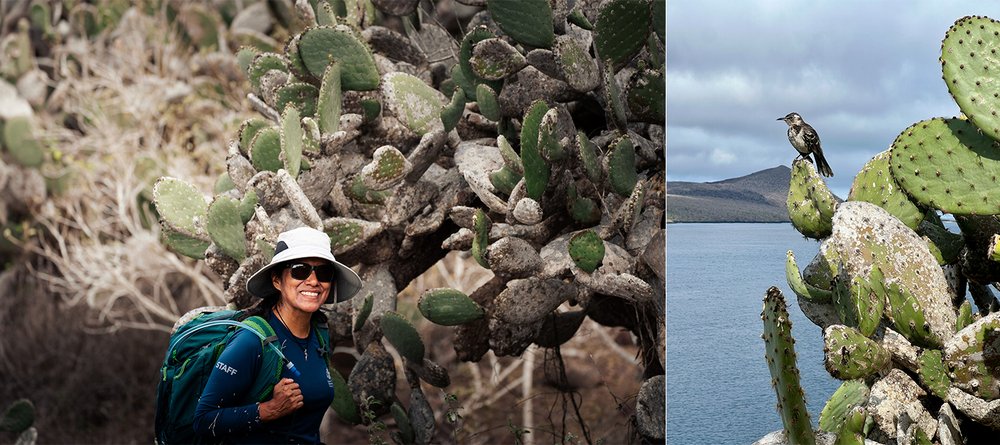
Achievements and Perspectives
Since 2013, the Galapagos Verde 2050 Project has reached significant milestones in Floreana, including the creation of ecological gardens in Puerto Velasco Ibarra, the restoration of the Granillo Negro Mine, and the recovery of farms through the planting of species such as Scalesia pedunculata, which plays a key role in carbon capture. A forest nursery was also established for the propagation of native species and phenological studies.
During our stay near Champion Islet in 2024, we noticed the almost complete absence of bird sounds—a clear reminder of the impact humans can have, whether intentionally or accidentally, on ecosystems. This reinforced our commitment to restoring functional ecosystems by reestablishing plant species populations, which are essential due to their relationship with local wildlife.
Building the foundations for a sustainable future
The restoration of Floreana represents much more than the recovery of an ecosystem; it is a testament to the power of resilience and collaboration. Every achievement is a victory for conservation, demonstrating how the union of science, local communities, and institutions can turn environmental challenges into opportunities for regeneration and hope.
In Puerto Velasco Ibarra, we have reached significant milestones, such as establishing a forest nursery, creating 10 ecological gardens, and fully restoring a degraded area that was once a quarry for extracting rock material.
These advances lay the groundwork for future projects, such as creating an ecological corridor similar to the one established in front of Champion, with the goal of contributing to the reestablishment of a breeding population of the Floreana Mockingbird. Leading by example, we show that a sustainable future is possible beyond 2050.
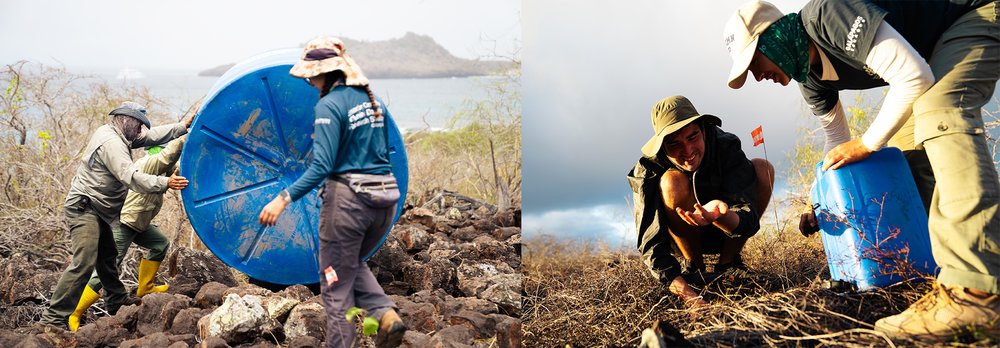
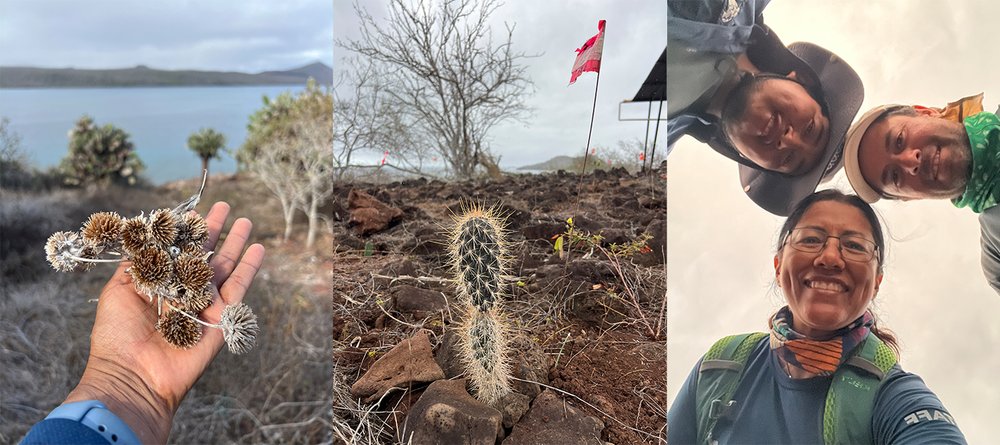
You can be part of this fantastic project by supporting here: Conservation of Threatened Plants in the Galápagos Islands (GV2050).
